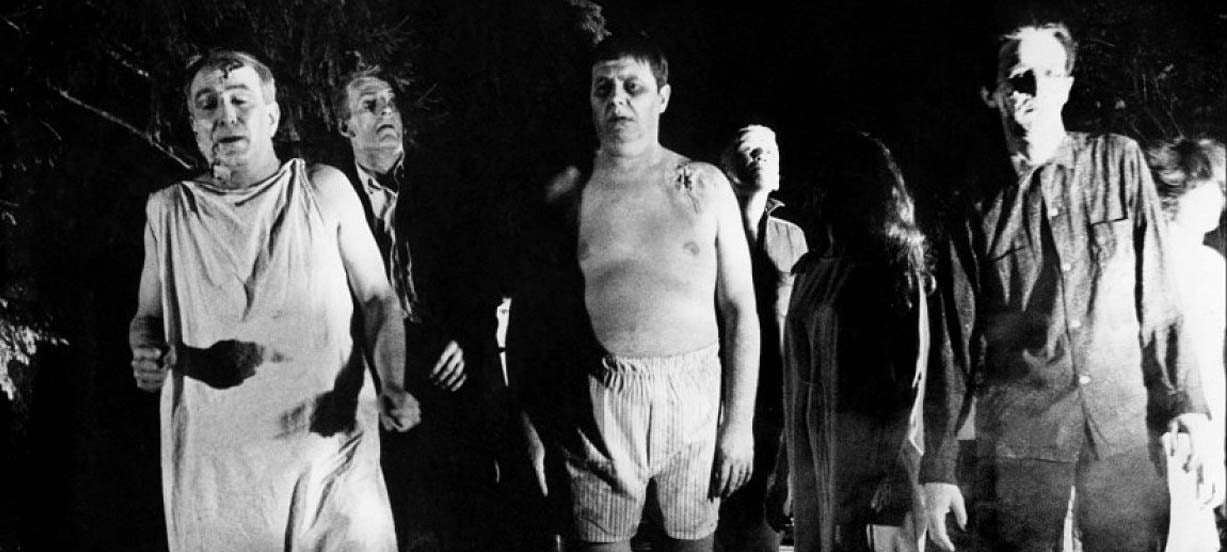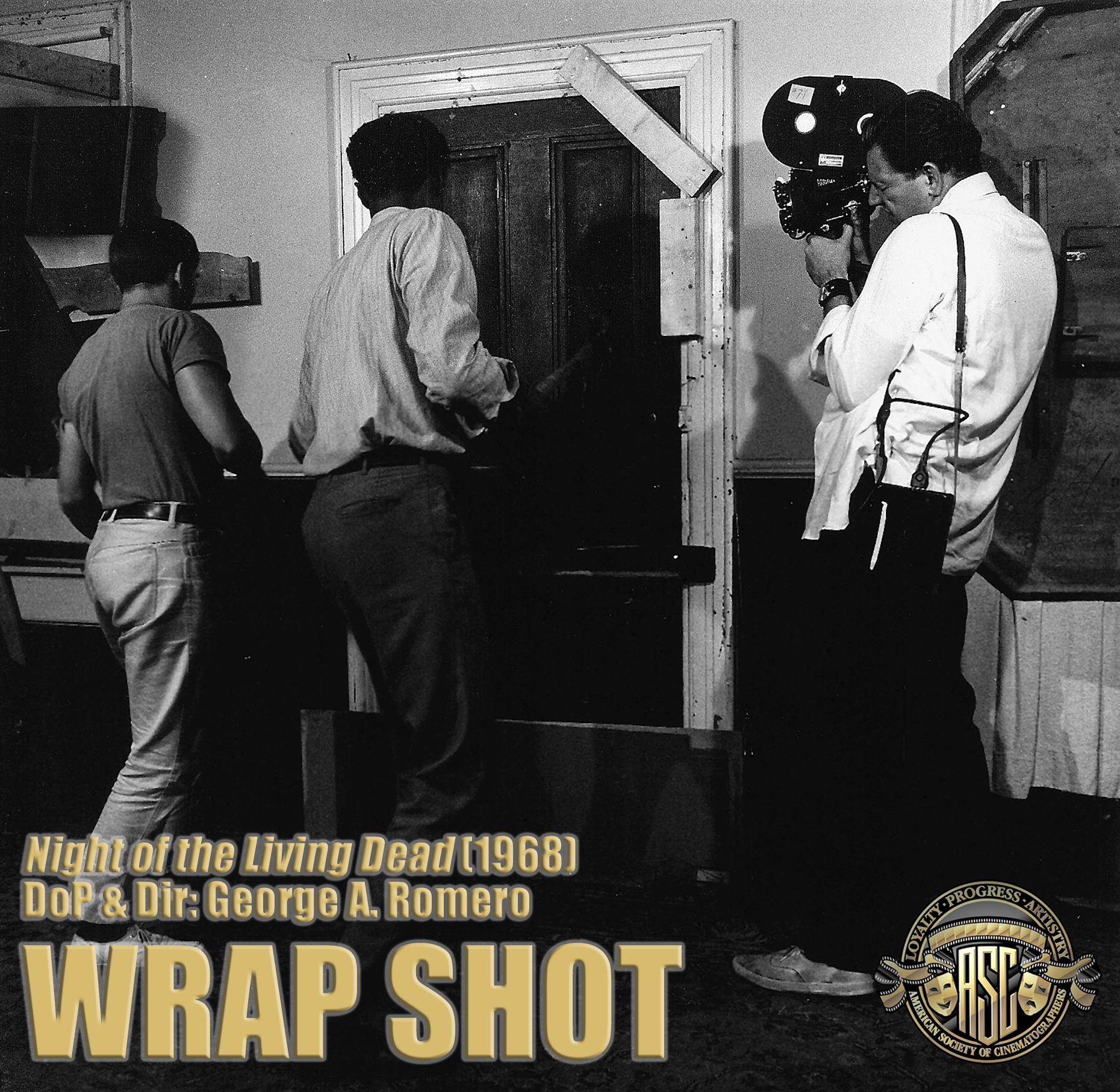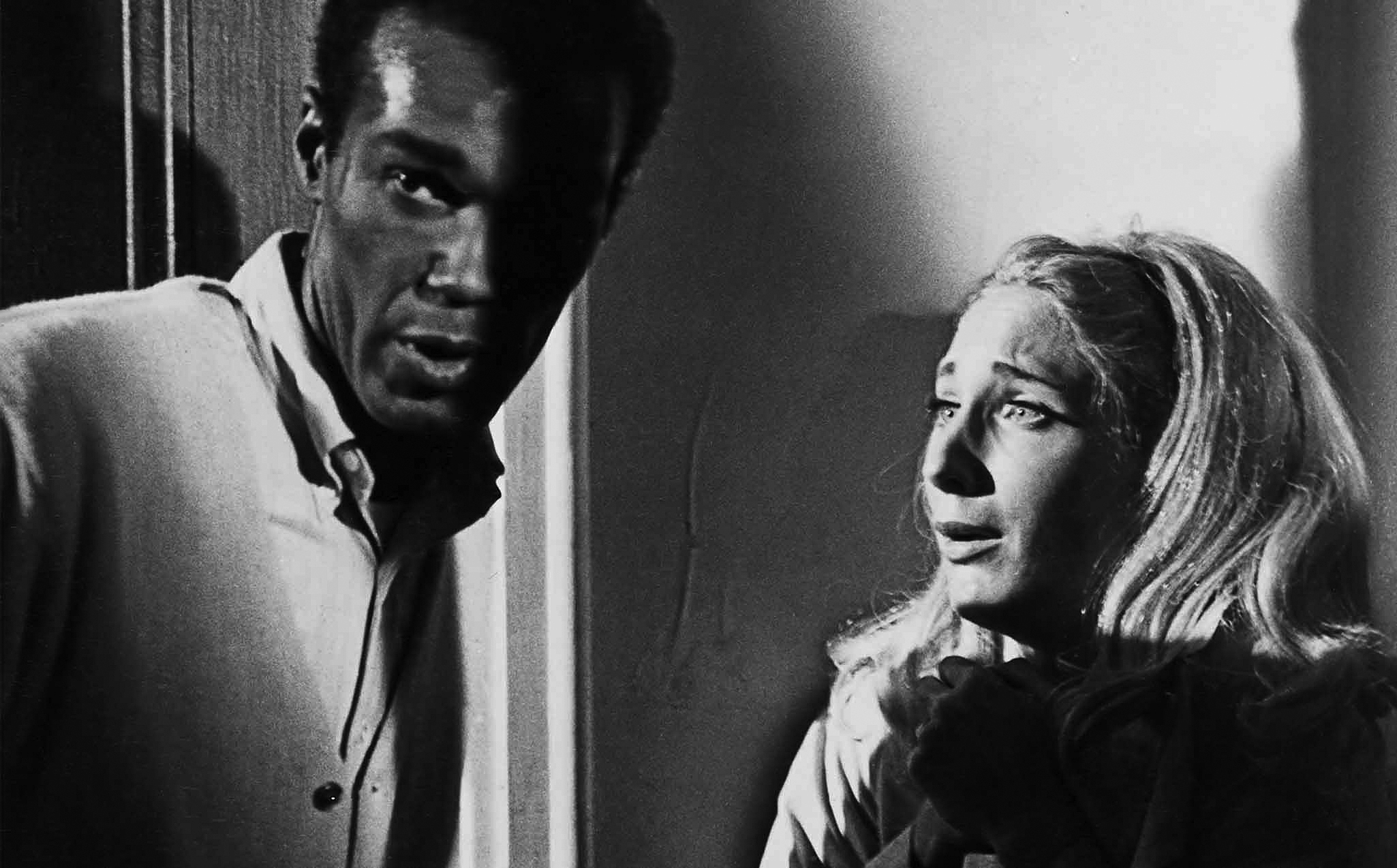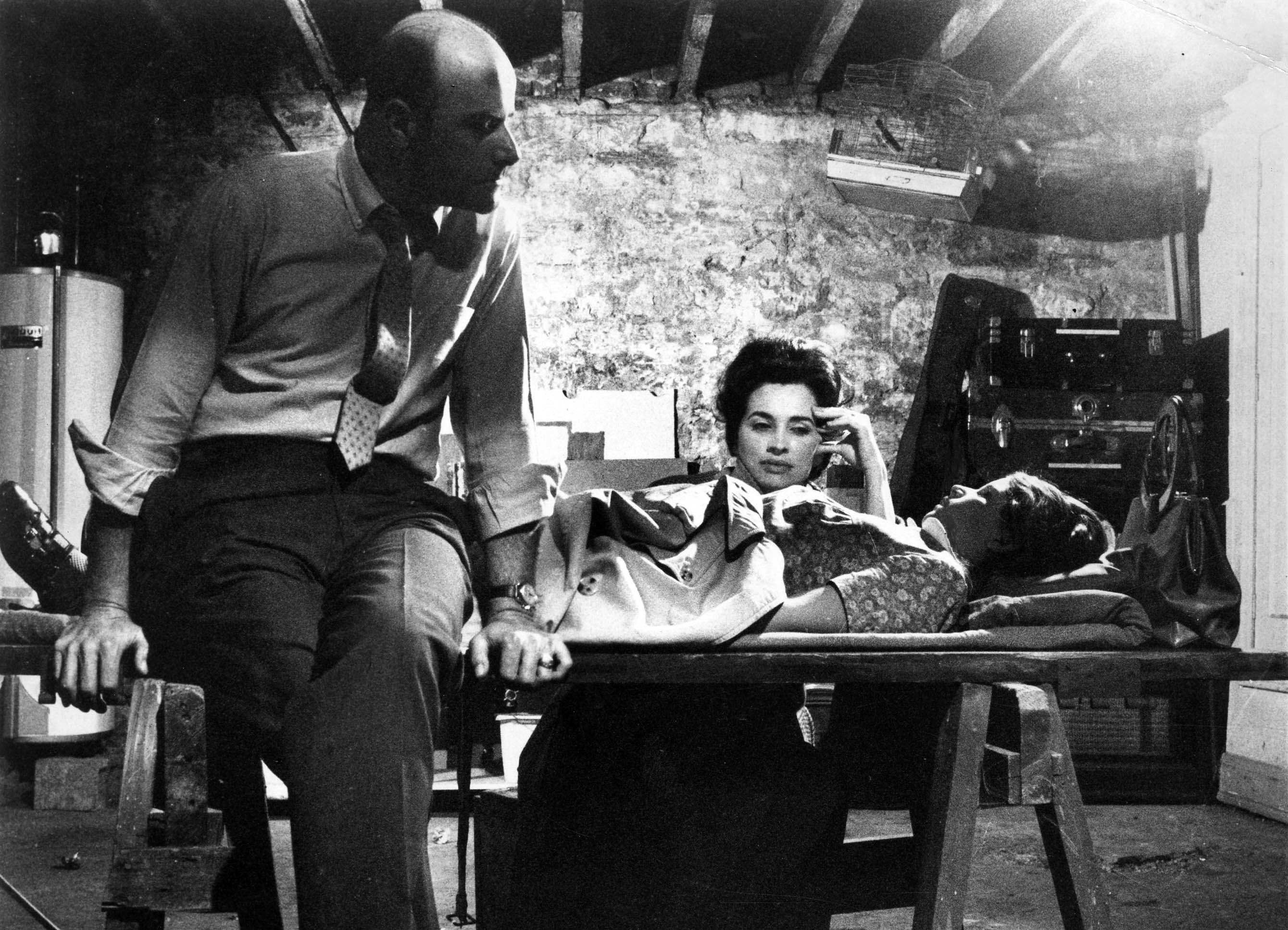
Wrap Shot: Night of the Living Dead
"They're coming to get you!" So run for your lives with director-cinematographer George A. Romero.
Best known as the director of such frightful films as Martin, The Crazies, Creepshow, Two Evil Eyes and The Dark Half, George A. Romero was also an accomplished cinematographer who’d shot dozens of shorts, industrials and commercials through his production house, The Latent Image, based in his adopted home town of Pittsburg, Pennsylvania.

When it came time to direct his first independent feature, Night of the Living Dead (1968), Romero stepped behind the camera as well, though he declined to take a screen credit. In the shot above, Romero goes handheld with an Arri IIC while actors Keith Wayne and Duane Jones frantically board up a doorway before flesh-eating zombies can get inside.

Due to the film’s modest budget of $114,000 — and infamously checkered copyright and distribution history resulting in numerous poor-quality prints and video releases — many viewers thought the picture was filmed in 16mm, but this was not the case. Romero lovingly shot the picture in glorious 35mm monochrome, in part because color was simply not in the budget.
A smash success, the picture inspired multiple sequels, all directed by Romero: Dawn of the Dead (1978, shot by Michael Gornick), Day of the Dead (1985, Michael Gornick), Land of the Dead (2005, Mirosław Baszak), Diary of the Dead (2007, Adam Swica) and Survival of the Dead (2009, Adam Swica).

Romero’s other credits as a feature cinematographer are There’s Always Vanilla and Season of the Witch (a.k.a. Jack’s Wife).
A massive box-office hit that became one of the most profitable films of all time, Night of the Living Dead also garnered critical acclaim and has since been selected by the Library of Congress for preservation in the National Film Registry, as a film deemed “culturally, historically, or aesthetically significant.”
The film recently underwent an extensive 4K restoration by the Museum of Modern Art, the George Lucas Family Foundation and Martin Scorsese’s Film Foundation (with work done at Cineric in New York City and Audio Mechanics in Burbank, California) and will soon be released anew by Janus Films and The Criterion Collection.






